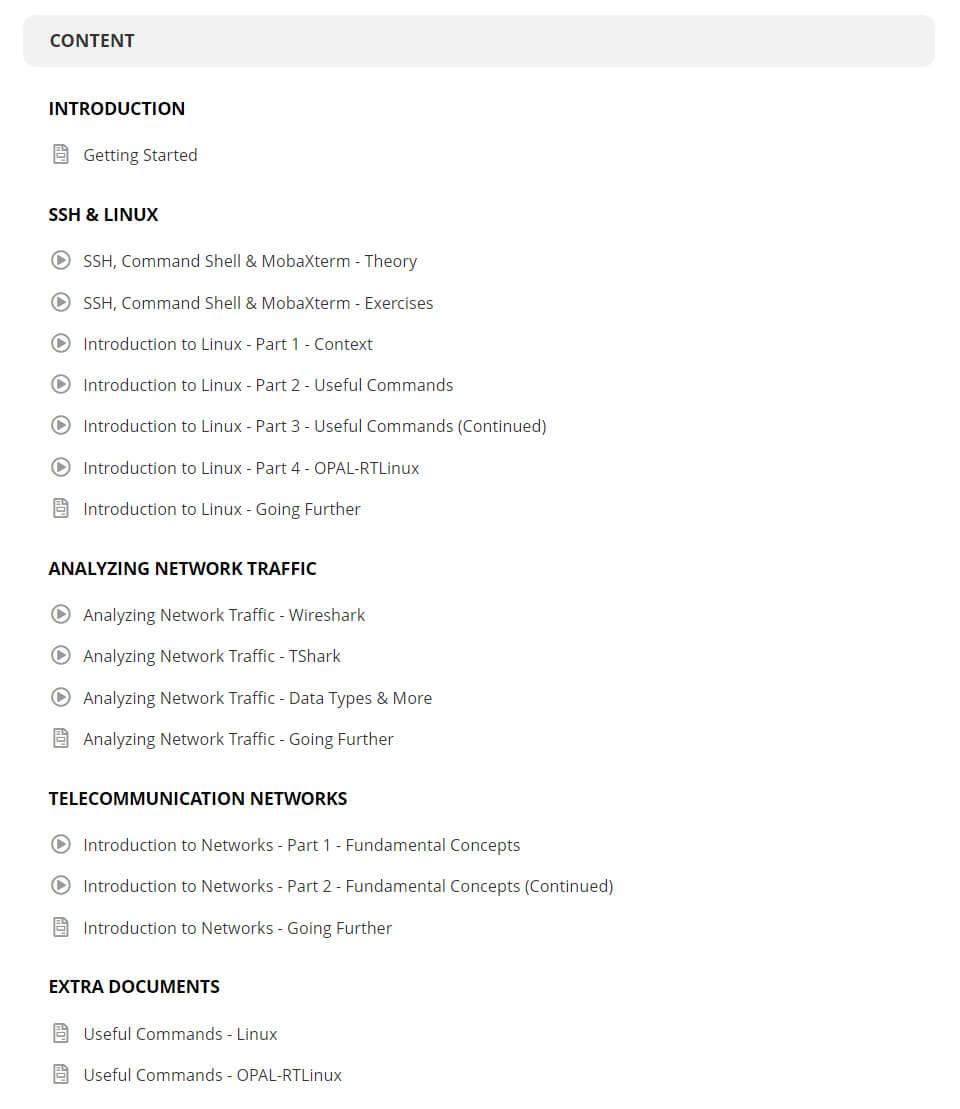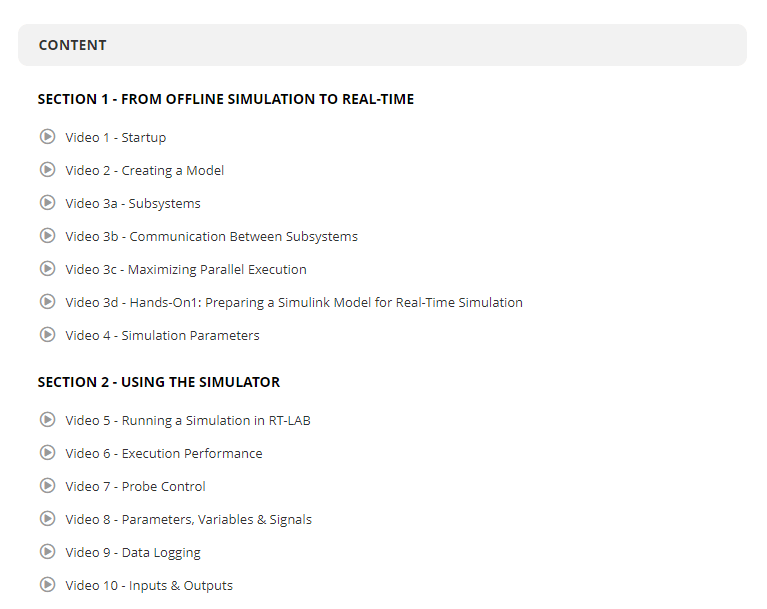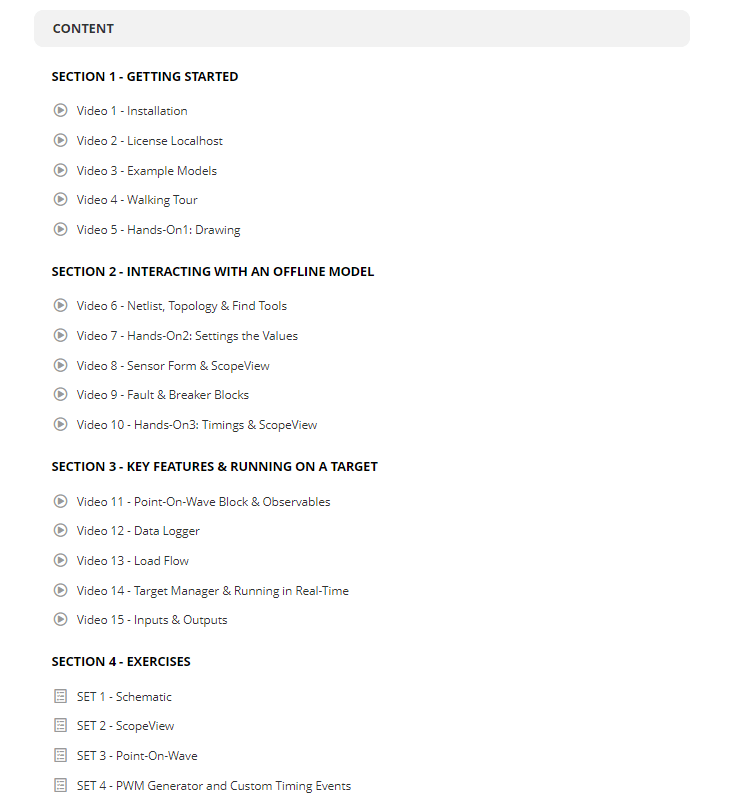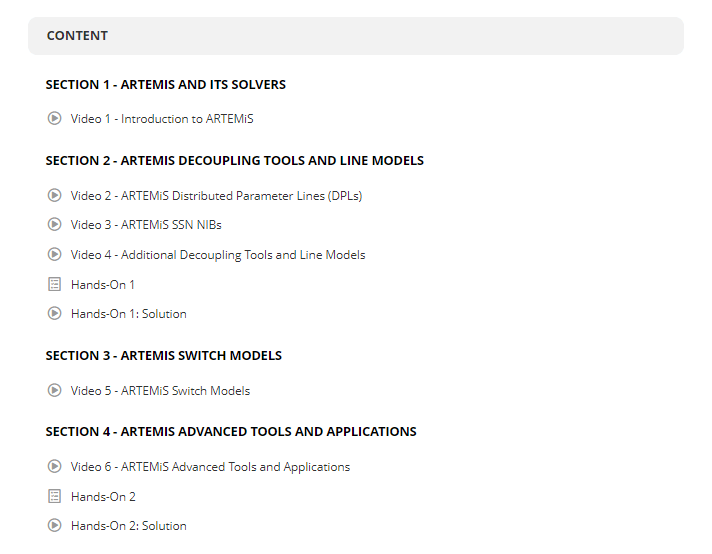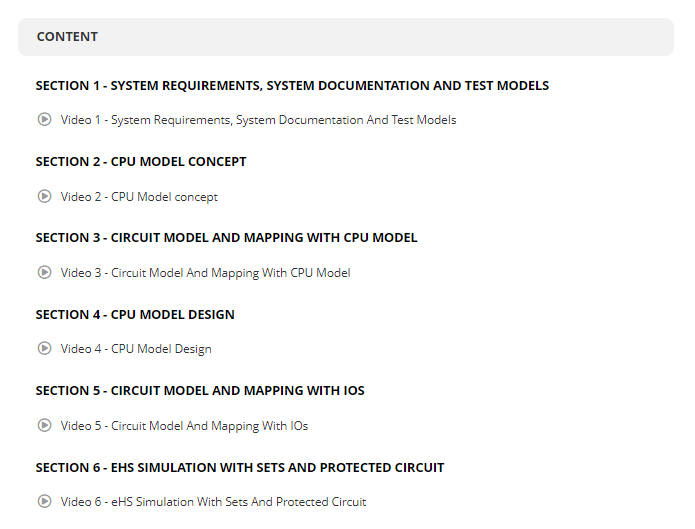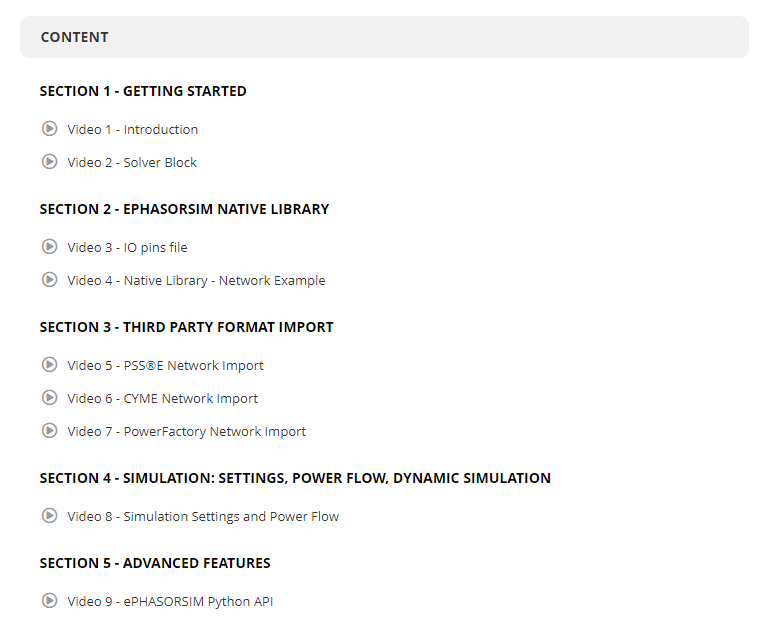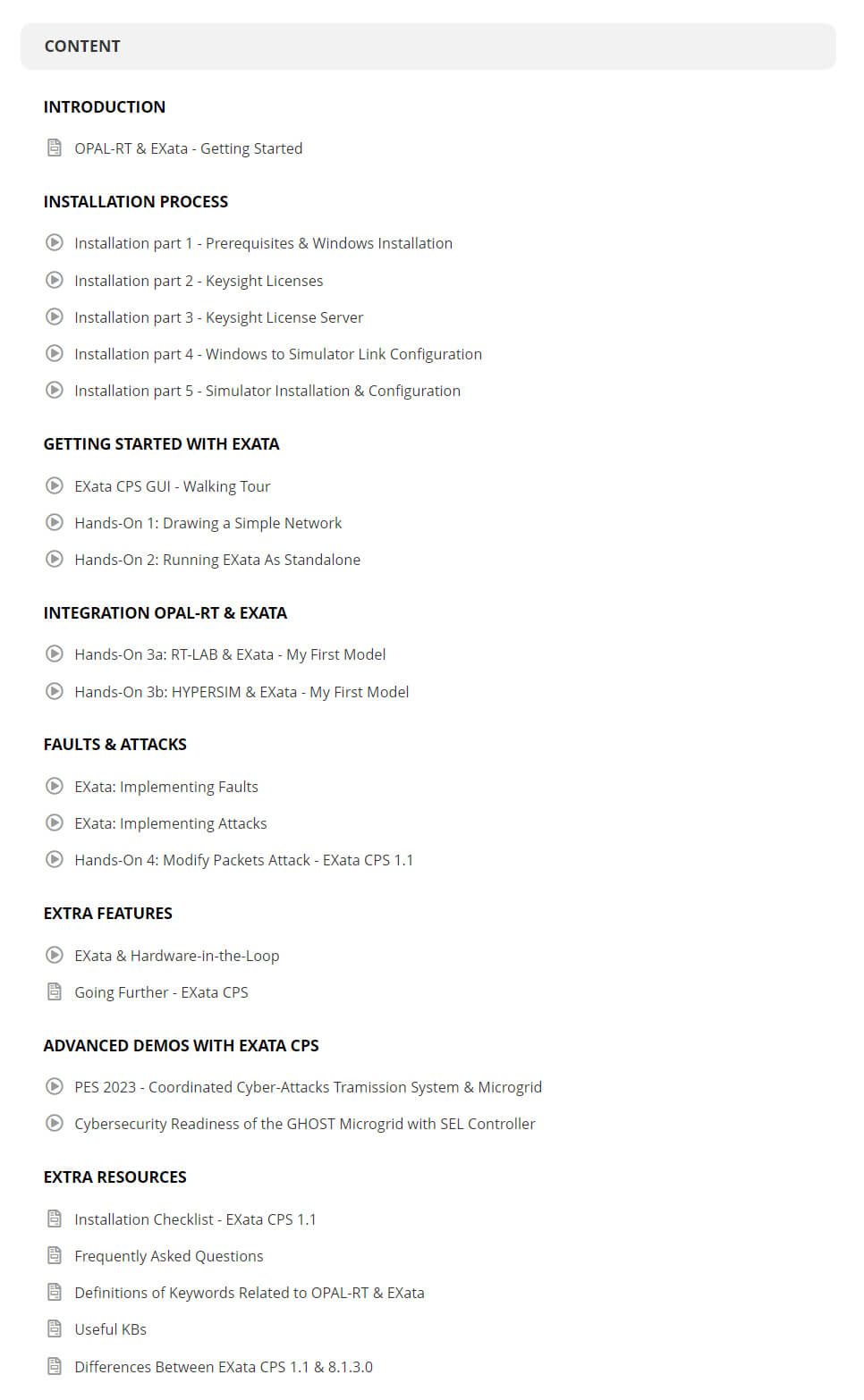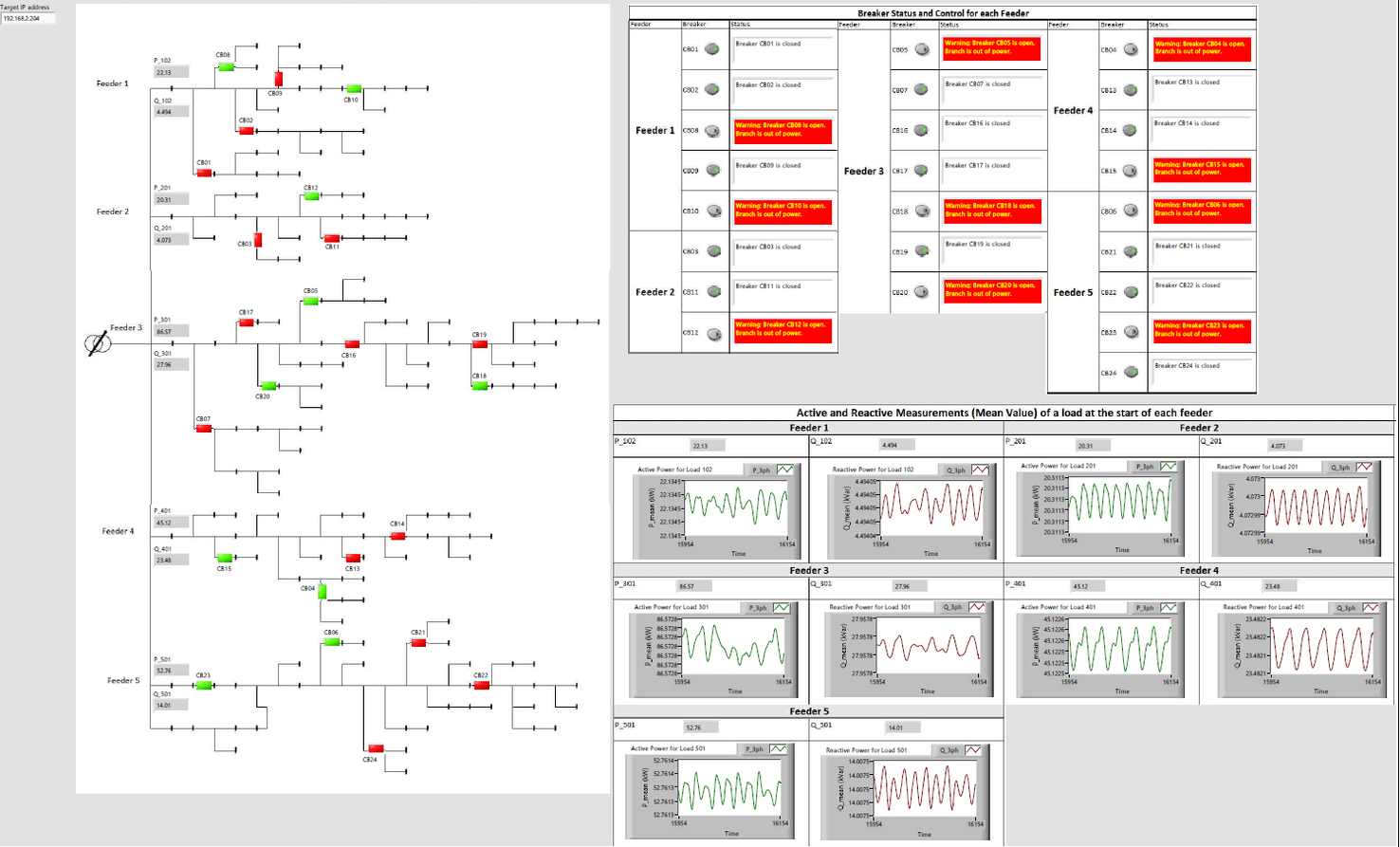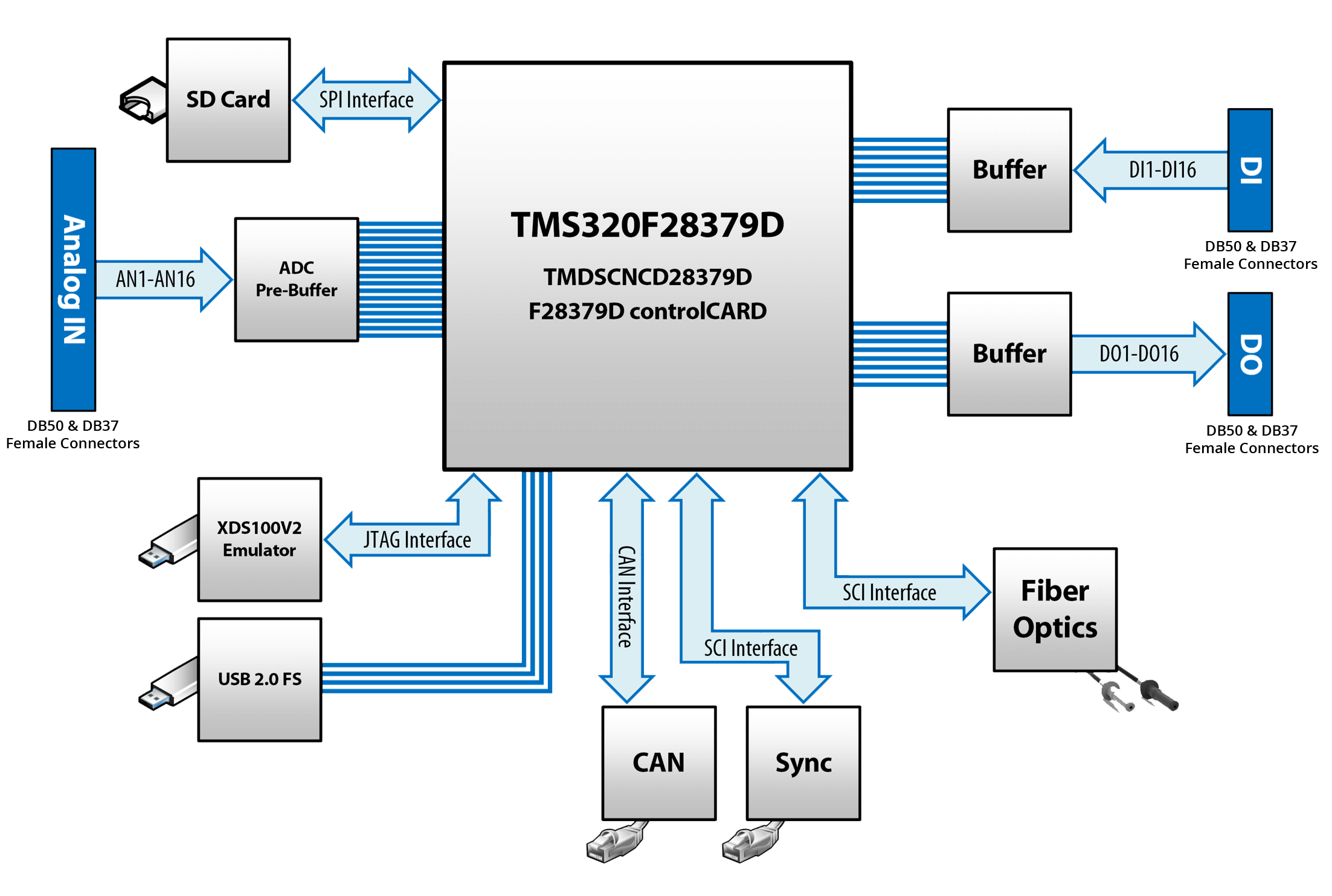A Guide to Hardware-in-the-Loop (HIL) Testing in 2025
Hardware-in-the-loop testing gives engineering teams the confidence to launch groundbreaking solutions without risking product failures.
This approach combines physical hardware with simulated conditions to deliver practical, real-time insights. Many organizations struggle to validate complex control systems swiftly and cost-effectively. HIL testing stands out as a proven method that aligns with goals for speed, scalability, and measurable returns.
Teams in automotive, aerospace, and power systems now view hardware-in-the-loop setups as a powerful option for high-fidelity validation. Results gleaned from these tests guide improvements that support a demanding development timeline. Each new test scenario produces data that can reshape the next iteration of hardware or software designs. Users also appreciate the flexibility to replicate varied conditions without building multiple physical prototypes.
What Is Hardware-in-the-Loop (HIL) Testing?
“Hardware-in-the-Loop testing is an important method for validating complex control systems in real time.”
Hardware-in-the-Loop (HIL) testing is a real-time simulation technique used to validate and test embedded control systems by connecting them to a high-fidelity digital simulation of the physical system they control. Instead of testing with actual hardware prototypes, engineers use real-time simulators to replicate the behavior of complex systems such as electric vehicles, aircraft, or power grids, allowing the controller to interact with the virtual environment as if it were operating the real system. This enables faster, safer, and more cost-effective development by identifying issues early, reducing the need for physical testing, and accelerating time-to-market.
The term HIL stands for Hardware-in-the-Loop, and it involves a test bench where software algorithms interact with physical hardware in a controlled setup. This structure provides a safer, more cost-effective route to prototyping systems that need hands-on verification. The methodology is considered a key factor in accelerating time-to-market and enhancing confidence that a product will meet functional and safety requirements.
Key Components of HIL Systems
Real-time simulation demands several interconnected pieces of equipment and software to replicate realistic signals. Core components are specifically chosen to guarantee high-fidelity system responses, stable performance, and actionable results for the development team. Examining each item in detail sheds light on why HIL test benches have become essential to many product validation workflows. Understanding these individual elements can improve cost-efficiency while raising the overall quality of final designs.
- Real-Time Simulator: This system processes your plant model or software architecture with sub-millisecond execution times. It includes high-performance CPUs or FPGA-based systems that can precisely replicate intricate dynamics.
- I/O Interfaces: These ports connect the simulator to physical devices such as sensors or actuators. They collect incoming signals in real time while sending outputs to the hardware under test.
- Physical Hardware Under Test: Controllers, embedded units, or partial mechanical assemblies are often integrated. This direct inclusion means your testing scenario reflects actual hardware constraints.
- Power Conditioning and Signal Conditioning Units: These ensure voltage and current levels align with the operational requirements of both the hardware and the simulator. Stable signal management is crucial for accurate correlation between the virtual and physical elements.
- Control and Monitoring Software: This software suite logs performance data and aids in generating test scenarios. It provides an intuitive interface to manage real-time interactions and observe outcomes.
Teams often tailor these pieces to match specific application needs, making them easy to scale as projects grow larger. The collection of elements also lays a solid foundation for robust test methodologies. Seamless communication among hardware, I/O, and the real-time simulator reveals how each subsystem responds under variable conditions. This synergy highlights the benefits that come from implementing HIL testing as a standard practice.
Benefits of Implementing HIL Testing

Design teams frequently look for ways to shorten development cycles and cut costs without compromising reliability. HIL setups address these objectives through consistent, repeatable test scenarios that reflect actual operating parameters. The approach brings measurable advantages, from minimizing the chance of expensive late-stage failures to improving stakeholder alignment.
- Reduced Risk of Product Failures: Testing with real hardware under simulated conditions helps identify faults and inconsistencies early in the design process. By resolving issues before physical deployment, teams reduce the likelihood of costly recalls and protect their brand’s reputation.
- Accelerated Development Time: HIL testing allows engineers to detect and correct errors more efficiently than traditional validation methods. This leads to faster iteration, quicker approvals, and a shorter time-to-market, all while maintaining high quality standards.
- Greater Scalability: Modular HIL platforms make it easy to adapt as project complexity grows. Whether scaling to larger systems or integrating new components, the flexibility of HIL systems supports testing requirements without needing a complete overhaul.
- Lower Overall Costs: Simulating real-world conditions in a lab environment significantly reduces the need for physical prototypes and field testing. The cost savings can be reinvested in design improvements, advanced analytics, or other areas of innovation.
- Improved Collaboration Across Disciplines: HIL systems provide a shared testing environment that brings together electrical, mechanical, and software engineers. This encourages stronger teamwork, clearer communication, and more informed decision-making throughout the project.
Companies investigating hardware in the loop testing often find that adopting it fosters cost savings and quicker time-to-market. HIL stands out as a powerful step forward for anyone aiming to produce safer, more efficient systems. Thorough testing with hardware in the loop translates directly into greater trust in each subsystem. A closer look at challenges in HIL testing reveals strategies for handling any obstacles that appear during adoption.
Challenges in HIL Testing
Missteps at this stage can undermine even the most sophisticated validation approach. Some teams struggle with setup complexities or worry about the amount of time spent fine-tuning models. Awareness of specific hurdles allows for more efficient deployment of hardware-in-the-loop systems.
- Complex Integration: Multifaceted electronics and software can complicate data exchange. Early planning of I/O and communications protocols removes uncertainty and improves performance.
- High Initial Investment: Specialized hardware and real-time simulators can seem expensive. Selecting scalable options and phasing deployment can make adoption more cost-effective.
- Model Accuracy Issues: Simulation fidelity must align with actual hardware to provide accurate test results. Using validated reference models and continuous verification addresses these inconsistencies.
- Hardware Limitations: Sensors or actuators might have range constraints or other physical restrictions. Maintaining robust component libraries and upgrading key equipment helps keep tests relevant.
- Skill Gaps: Real-time simulation is a specialized field, and not all teams have the necessary expertise. Offering training programs and collaborating with experienced consultants can shrink this knowledge gap.
By taking practical steps such as investing gradually, improving model validation, and upskilling teams, organizations can overcome these common HIL challenges. With the right approach, engineers can unlock the full potential of HIL testing and apply it across a wide range of applications, from electric vehicle development to advanced aerospace systems.
Applications of HIL Testing Across Industries

Many fields integrate hardware-in-the-loop strategies to achieve specific goals, whether they revolve around safety, performance, or adherence to strict regulations. Engineering teams look for proven ways to replicate real signals without subjecting equipment to uncertain operating conditions. HIL systems provide a controlled, repeatable testbed that refines design choices with authentic data. The following sections explain how various sectors benefit from this powerful validation method.
Automotive
Car manufacturers rely on HIL setups to validate engine control units, powertrains, and advanced driver-assist functions. Testing each component under scenarios that mimic realistic road conditions refines design outcomes before physical prototypes are finalized. This reduces time spent on repeated test drives and lowers the potential for on-road malfunctions. HIL testing also supports the growing shift toward electric and autonomous vehicles by providing a thorough way to check complex control algorithms.
Aerospace
Flight control systems and avionics require extensive verification to meet stringent safety criteria. Simulating flight conditions with a HIL rig uncovers vulnerabilities that might be overlooked during purely software-based evaluations. This approach helps maintain compliance with regulatory standards while controlling project budgets. Comprehensive hardware-in-the-loop tests also enhance confidence in new designs for drones, satellites, or next-generation aircraft.
“This approach helps maintain compliance with regulatory standards while controlling project budgets.”
Energy and Power Electronics
Power converters, inverters, and grid protection systems need thorough testing under shifting load requirements and electrical disturbances. Hardware-in-the-Loop frameworks offer a safe laboratory setup for verifying the performance of high-voltage or high-current devices. Engineers can introduce faults at the simulator level to measure how hardware responds without risking substation or field equipment. This flexibility helps power utilities and manufacturers confirm reliability while managing operational costs.
Research and Academia
Universities and research institutions incorporate HIL benches to investigate advanced control methods for robotics, mechatronics, and emerging technologies. This hands-on approach exposes future engineers to high-fidelity simulation and fosters practical problem-solving skills. Many projects revolve around refining hardware prototypes for everything from biomedical devices to next-generation automotive concepts. Access to hardware-in-the-loop resources encourages deeper exploration and sparks new ideas in engineering programs.
HIL vs. Software-in-the-Loop (SIL) Testing
The main difference between hardware-in-the-loop (HIL) testing and software-in-the-loop (SIL) testing involves how each framework integrates physical equipment. SIL methods rely on simulation alone, whereas HIL includes actual hardware components to increase test fidelity. Many design teams use SIL as a preliminary check for software algorithms, shifting to HIL when hardware prototypes become available. Understanding this progression clarifies when to choose one method over the other or integrate both in a single workflow.
|
Aspect |
HIL |
SIL |
|
Hardware Involvement |
Physical hardware is integrated |
Entirely software-based |
|
Accuracy |
Higher accuracy with physical components |
Suitable for early-stage validation |
|
Cost Implications |
Higher upfront costs for hardware |
Generally lower initial costs |
|
Safety Considerations |
Ensures real hardware is tested safely |
Pure simulation poses fewer safety risks |
|
Scalability |
Can be scaled with modular hardware |
Scales quickly with computational resources |
Teams that focus on cost optimization often start with SIL to verify control logic. HIL solutions follow as designs progress and more tangible validation becomes necessary. This combination keeps risk levels low while still allowing advanced testing of physical components. Each step introduces new insights that refine software, hardware, or both.
Steps to Implement HIL Testing in Your Development Process
Adopting hardware-in-the-loop techniques calls for strategic planning that covers hardware selection, model fidelity, and operational workflows. Many teams discover that a structured rollout prevents expensive mistakes and reduces training overhead. Following a series of precise steps helps integrate HIL into existing processes without disrupting ongoing product cycles.
1. Define Clear Objectives
Set measurable goals linked to product performance, safety, or regulatory compliance. This clarity helps your group focus on the most important components that need thorough hardware-in-the-loop validation. Relevant stakeholders can prioritize resources more effectively, reducing extra complexity. A well-defined objective sets the benchmark for evaluating the effectiveness of each test session.
2. Build a High-Fidelity Model
Accurate plant models or software simulations underpin any HIL setup. These models must reflect operational parameters, from sensor timings to actuator ranges. Teams often refine them repeatedly until they mirror actual performance with minimal error. This level of detail catches subtle issues and raises overall confidence in the test results.
3. Integrate Real-Time Hardware
Select compatible data acquisition systems, real-time CPUs or FPGAs, and I/O units that handle your project’s signal requirements. Each piece of hardware should align with your existing infrastructure to minimize complications. Early synergy between software and physical components speeds up the testing phase. Consistent calibration ensures the hardware responds exactly as expected.
4. Conduct Rigorous Validation
Run your test scenarios repeatedly under varied operating conditions, including extreme edge cases. This approach pushes both the hardware and software to their limits, revealing hidden flaws. Thorough documentation keeps track of all test outcomes, making it easier to resolve issues or replicate successes. Evaluating this data helps stakeholders make well-founded decisions on final design changes.
5. Refine and Scale for Growth
Gather insights from each test cycle to refine models, hardware configurations, or software algorithms. Version control and a clear revision strategy simplify collaborative efforts. Teams often expand the scope of HIL tests as they add more functionalities or address new market needs. A cycle of continuous improvement ensures the testing framework remains an integral part of future projects.
Once a team fully understands hardware-in-the-loop HIL testing, a structured plan like this significantly increases the likelihood of success. Each step lays the groundwork for reproducible validation, lowering the possibility of unforeseen issues. This structured path accommodates short timelines while containing costs. Key developments on the horizon confirm that HIL remains central to modern testing strategies.
Future Trends in HIL Testing

Hardware-in-the-loop setups are constantly expanding their capabilities to meet higher accuracy standards and adapt to complex multi-physics models. The continued adoption of AI-based techniques adds more predictive power to HIL frameworks, allowing tests to cover an even broader range of scenarios. Engineers seek more modular architectures that can accommodate everything from electric vehicles to next-generation aerospace designs. These developments highlight a push for advanced computational solutions that still provide a user-friendly interface.
Remote testing through cloud services also stands out as a practical direction for organizations with global teams. Real-time data sharing leads to faster optimization cycles and quicker paths to production-level solutions. More industries are discovering that a robust HIL infrastructure supports groundbreaking ideas while reducing overall risk. Each new feature or approach supports the drive to extend the reach of hardware-in-the-loop testing beyond its original boundaries.
Engineers and innovators around the world are turning to real-time simulation to accelerate development, reduce risk, and push the boundaries of what’s possible. At OPAL-RT, we bring decades of expertise and a passion for innovation to deliver the most open, scalable, and high-performance simulation solutions in the industry. From Hardware-in-the-Loop testing to AI-enabled cloud simulation, our platforms empower you to design, test, and validate with confidence.
Common Questions About HIL Testing
What is HIL used for?
HIL is used to replicate realistic conditions for validating control systems, embedded software, and mechanical components. Development teams gain valuable performance data without building excessive physical prototypes. This method helps lower costs, manage risks, and produce confident outcomes.
Why is hardware-in-the-loop important for time-to-market?
Hardware-in-the-loop shortens validation cycles by uncovering defects at an earlier stage. Repeating tests with real hardware in a lab setup reduces delays associated with late design changes. Each iteration progresses faster and aligns development goals with market release schedules.
How does HIL compare to pure software testing?
Pure software testing focuses on simulated scenarios without incorporating physical hardware. HIL testing merges simulation with actual components, increasing the accuracy of results. Many teams find that combining both methods provides well-rounded validation for critical projects.
Can HIL testing lower overall project costs?
Practical hardware-in-the-loop setups reduce the need for multiple physical prototypes and full-scale field tests. Precise data captures anomalies before they become costly fixes. This leads to efficient resource allocation and higher returns on your project budget.
What does HIL mean for cross-functional collaboration?
HIL stands for Hardware-in-the-Loop, and it allows various disciplines to test designs within a single, unified setup. Mechanical, electrical, and software teams gain immediate insights into how systems interact. This shared perspective fosters deeper collaboration and more informed results.



















